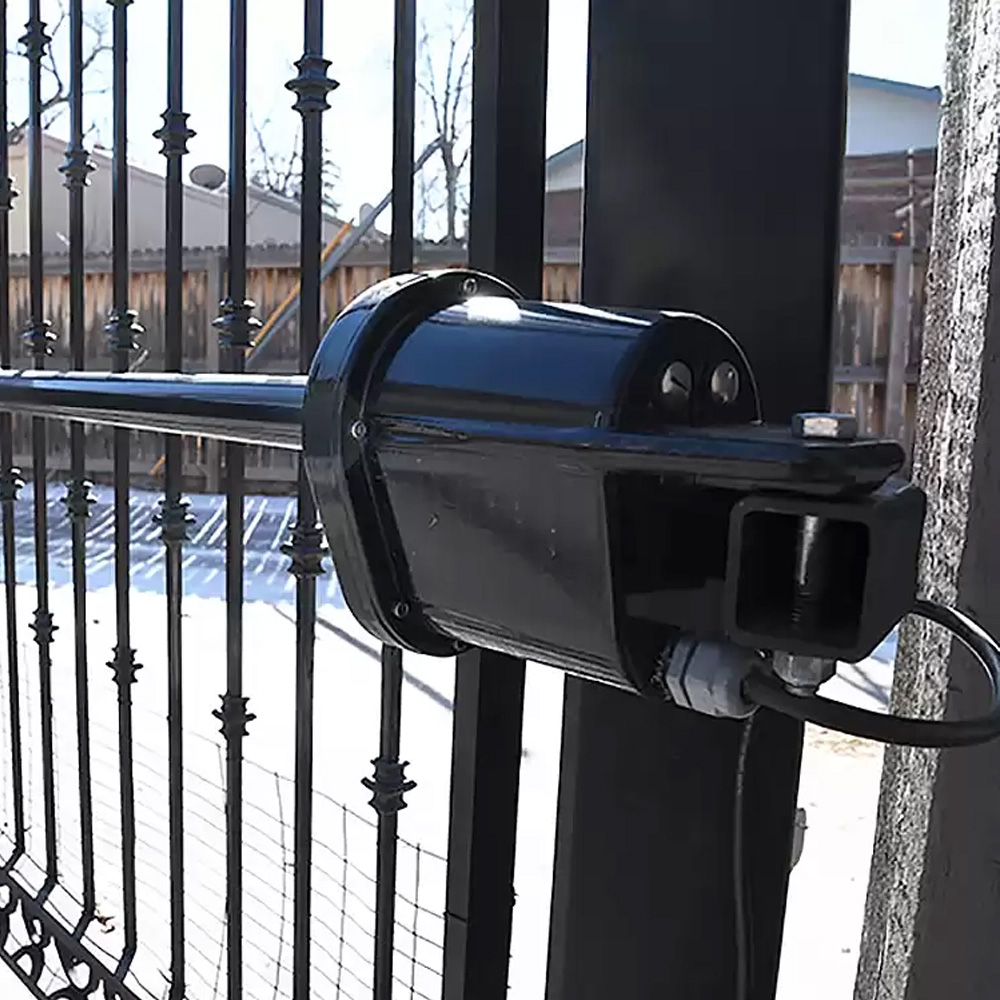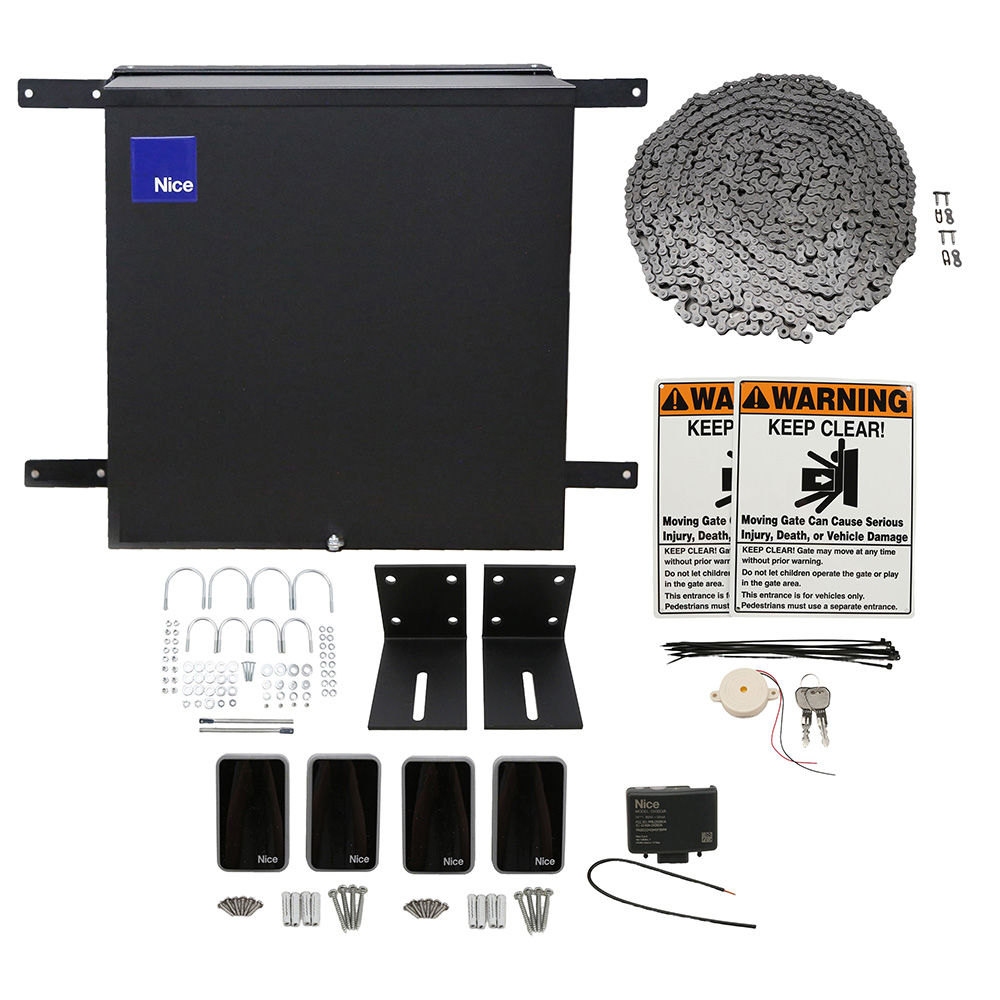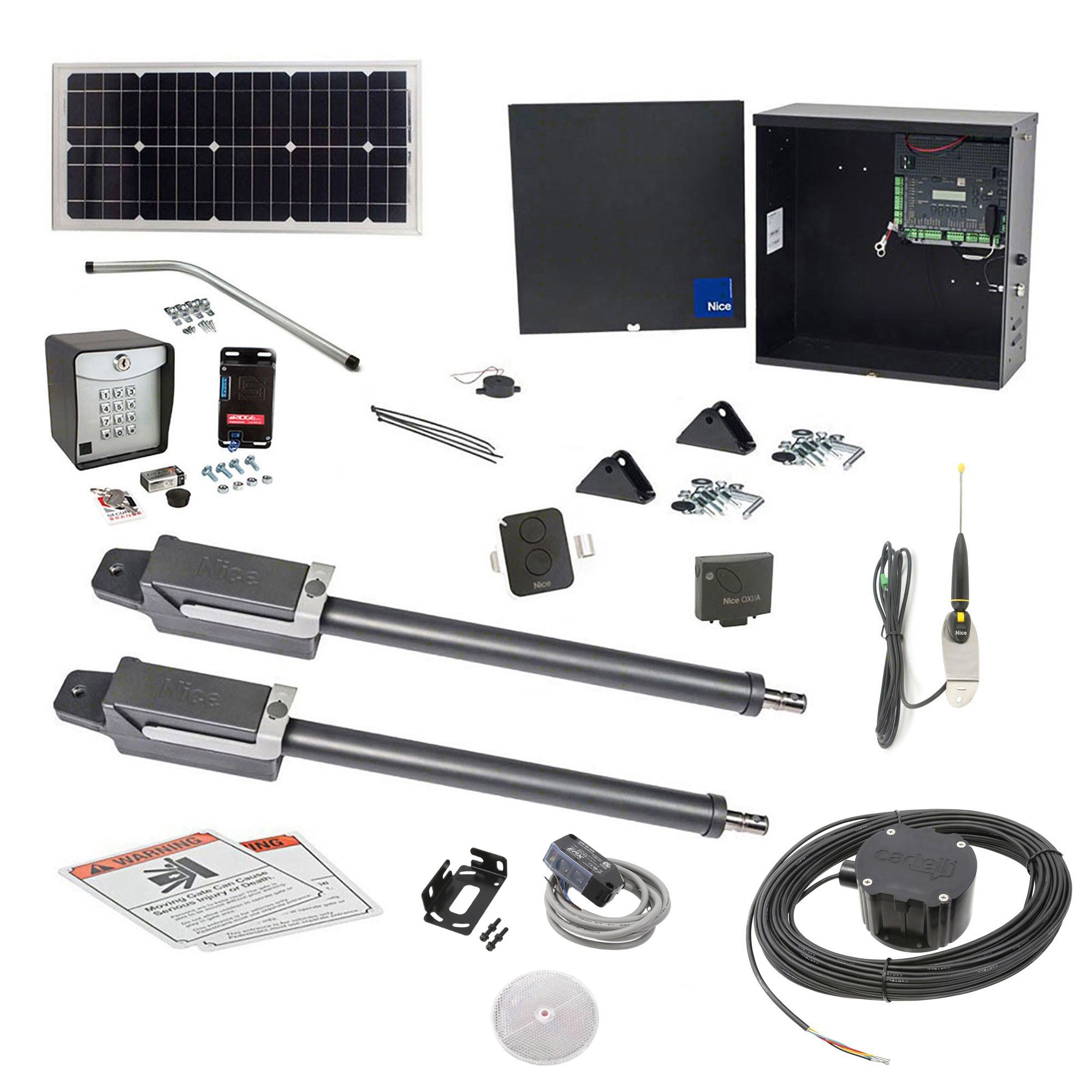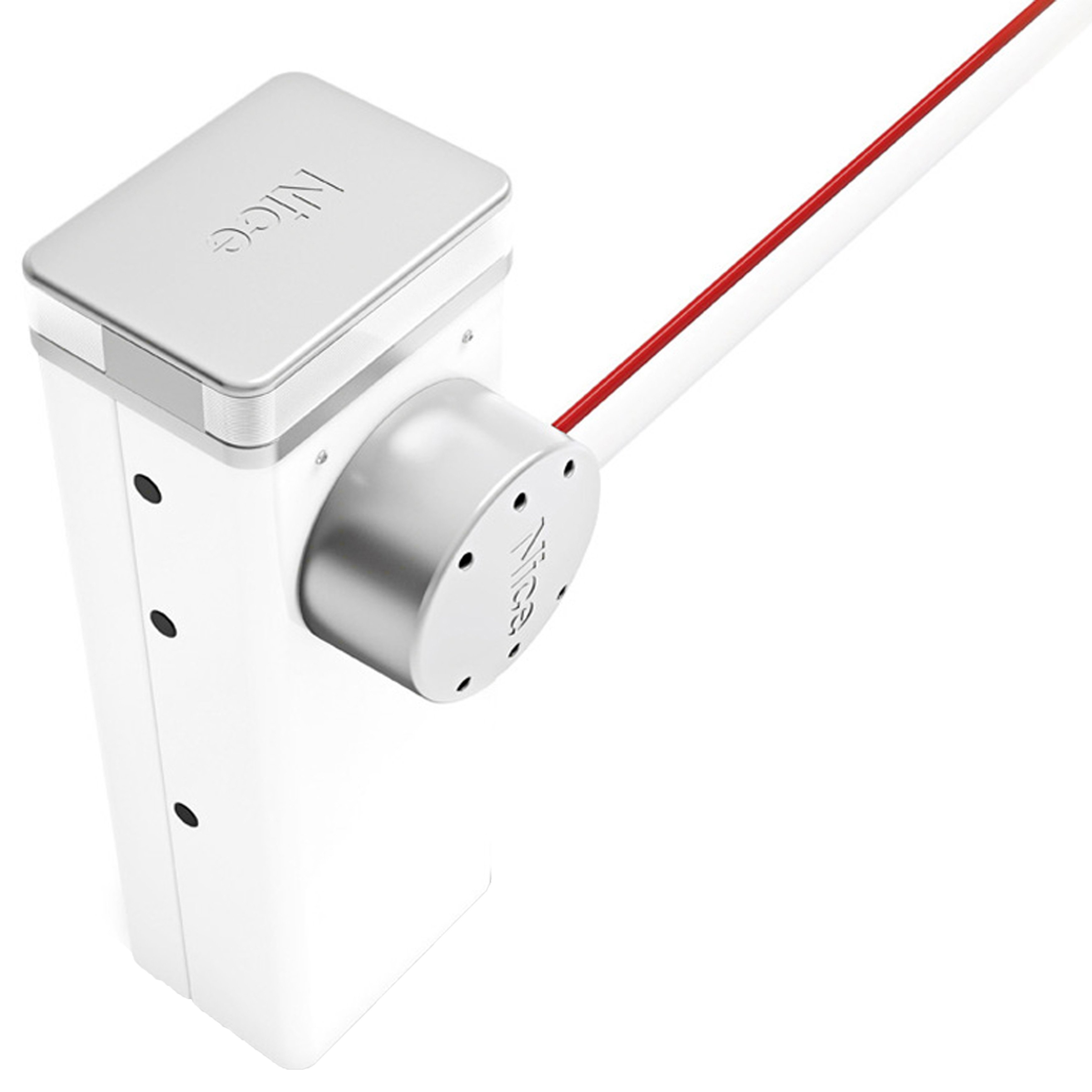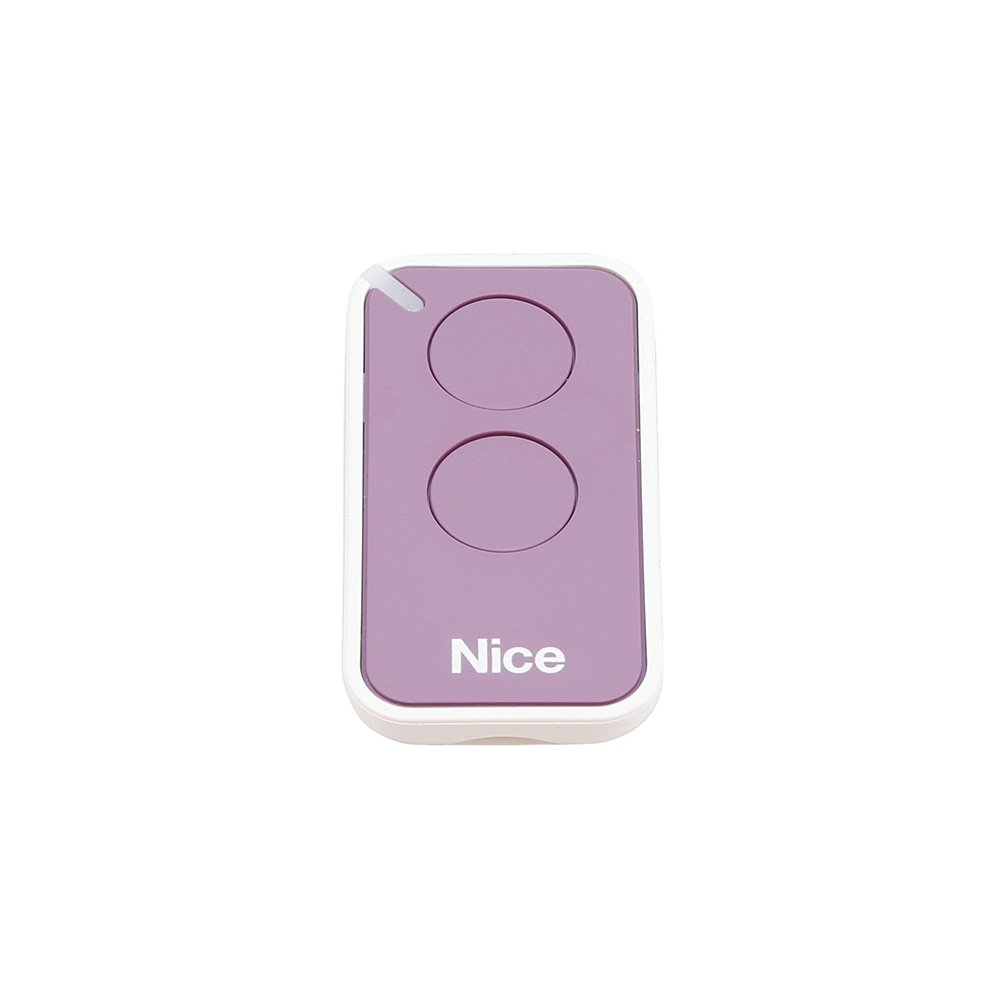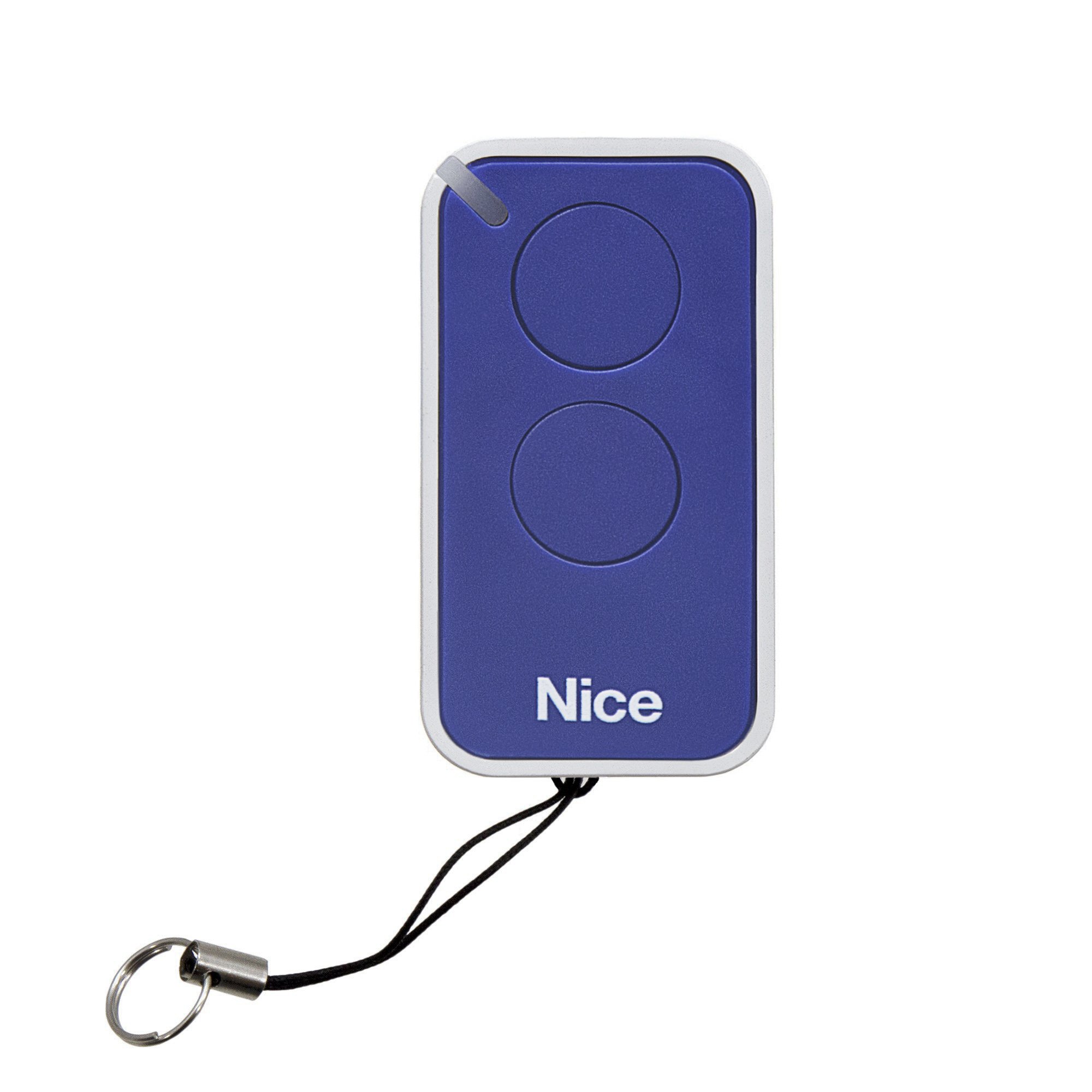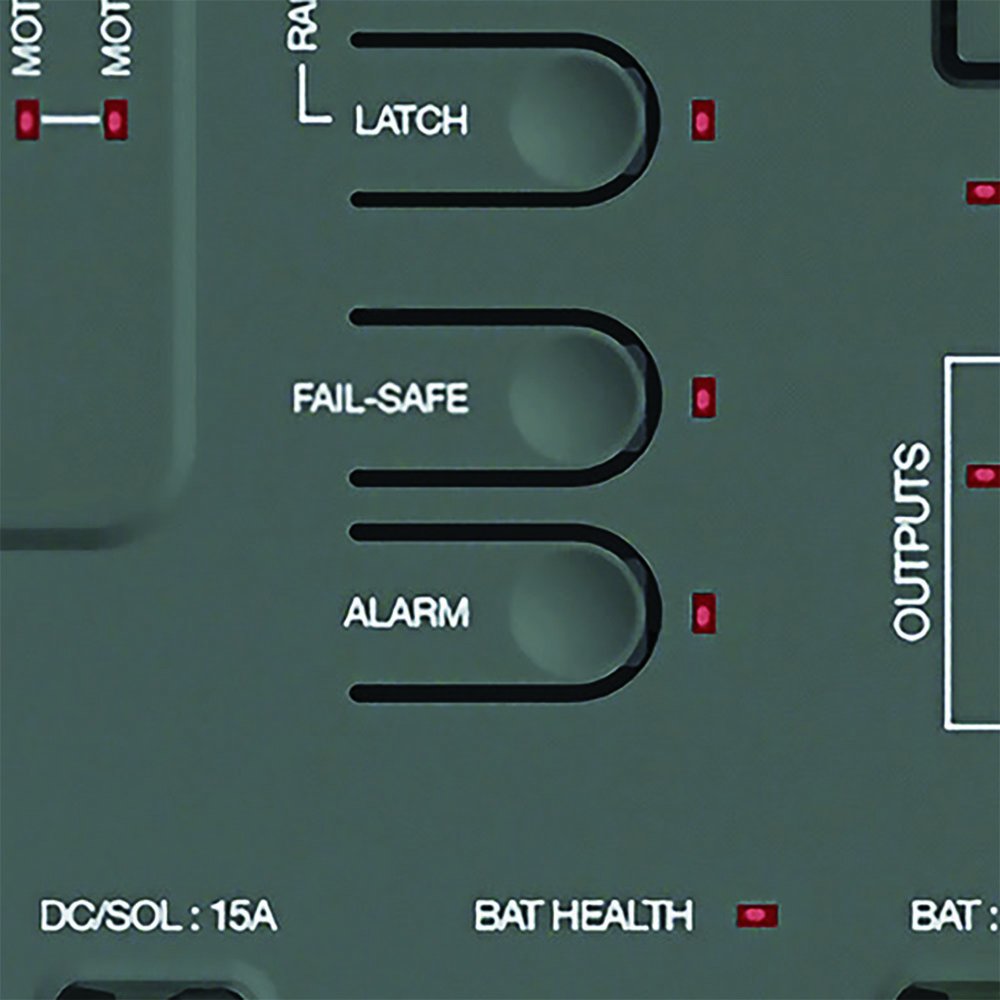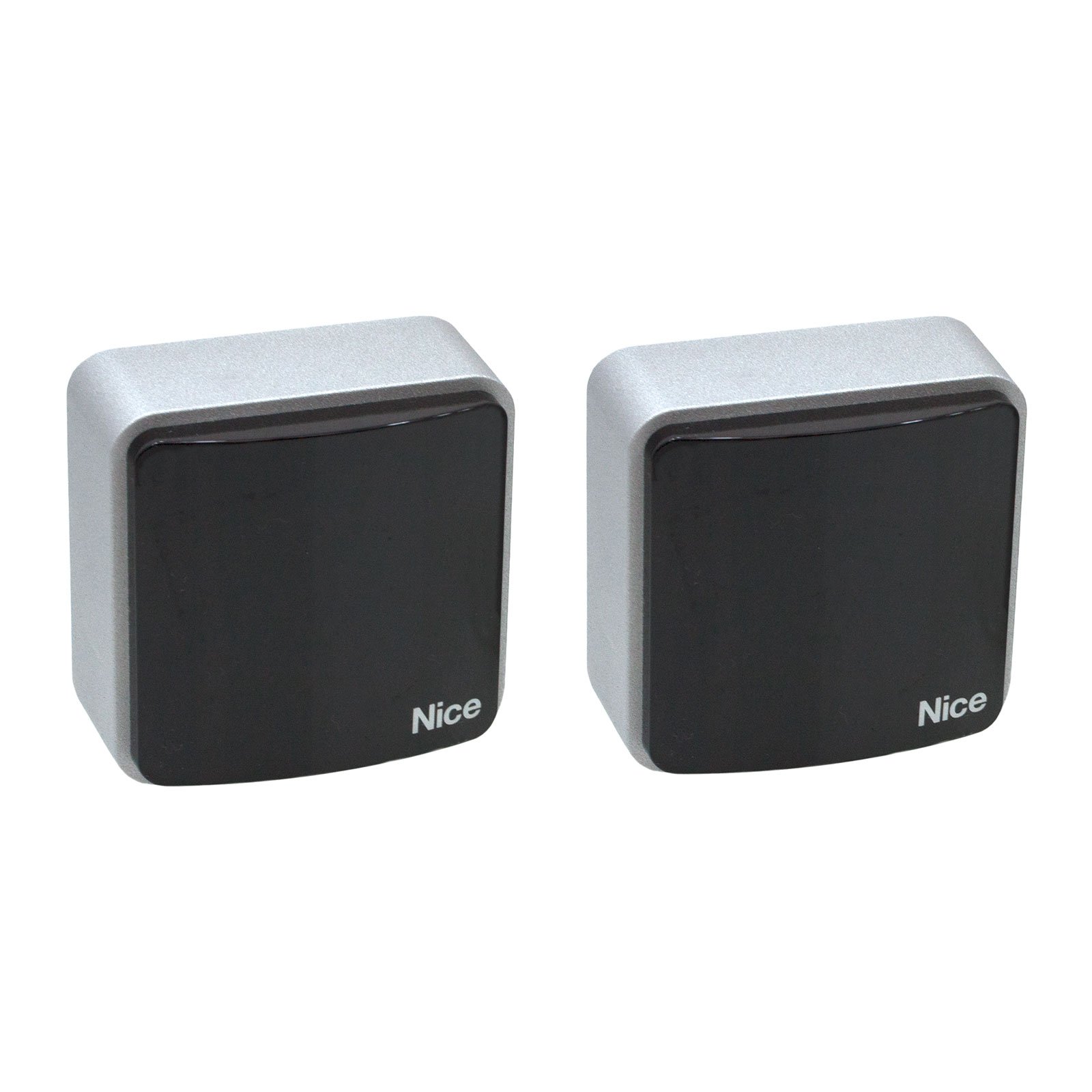Generally speaking, Most manufacturers like Nice Apollo provide maximum gate length and weight specifications to indicate the upper limits of their products' capabilities. These figures serve as guidelines to help consumers choose the right opener for their needs. However, it is important to recognize that just because an opener is rated for a certain maximum capacity does not mean it will perform optimally when used at that limit. Gate openers must exert force to move the gate from a stationary position, which requires more energy than simply maintaining movement. The larger and heavier the gate, the more strain is placed on the opener’s internal motor, gearbox, and moving parts.
Torque and Pressure
Another factor to consider is the torque required to move the gate. A longer gate requires more torque to swing or slide than a shorter gate, even if the weight remains the same. This means that a 20-foot gate weighing 600 pounds may be more difficult to operate than a 14-foot gate of the same weight, simply due to the leverage involved in opening and closing it. When a gate opener is rated for a certain length, it assumes ideal conditions, such as a perfectly level installation and properly lubricated hinges or rollers. However, in real-world applications, these conditions are rarely perfect. When a gate opener is constantly pushed to its maximum capacity, not only does it suffer from premature wear, but it also may operate more slowly or inefficiently. Many gate openers have built-in safety mechanisms that reduce operating speed under heavy loads to prevent damage. This means that a gate running near the maximum recommended weight or length may take longer to open or close than a gate well within the recommended specifications.
Beyond mechanical strain, power consumption is another consideration. Gate openers working at or near their limits often require more electricity or battery power to function. This can be a concern for solar-powered gate openers, as they may struggle to generate enough energy to consistently move a heavy or oversized gate. If the gate opener is frequently operating under strain, battery life may be reduced, requiring more frequent charging or replacement.
The Importance of a Safety Margin
To ensure optimal performance and longevity of your gate opener, it's advisable to select a model with specifications that exceed your gate's actual dimensions and weight. This approach provides a safety margin, reducing the operational strain on the opener. A gate opener that operates at 60-70% of its rated capacity will experience far less stress and will generally last much longer than one consistently running at 90-100% of its limits.
When selecting a gate opener, it is always a good idea to leave a generous safety margin. A gate opener that is rated for a maximum weight of 800 pounds might perform significantly better over time if used with a gate that weighs only 500-600 pounds. Similarly, an opener rated for a 20-foot gate will work far more efficiently on a 14-16 foot gate than one that reaches the full 20-foot limit. By choosing an opener that has more capacity than necessary, you are ensuring smoother operation, reduced wear, and a longer lifespan.
For example, if your gate measures 14 feet and weighs 500 pounds, choosing an opener rated for at least 18 feet and 700 pounds would be the best option as this buffer ensures the opener operates well within its capabilities, promoting reliability. A gate opener that doesn’t have to work as hard will also function more consistently in extreme weather conditions, such as high winds or freezing temperatures, where additional force may be required to move the gate.
Longevity
One of the better advantages of having a Gate Opener with a fantastic safety margin can improve efficiency and longevity in high-traffic situations. Gates that are opened and closed frequently, such as in commercial or gated community settings, will place more stress on the opener than those used only a few times per day. A gate opener rated above your gate’s specifications will be able to handle frequent cycles without overheating or requiring excessive maintenance. By factoring in a safety margin when choosing a gate opener, you are not only ensuring smoother operation but also preventing costly repairs and premature replacement. Investing in a model with a higher capacity than needed will pay off in the long run by providing more reliable service and reducing the risk of unexpected breakdowns.
Frequently Asked Questions
1. Can I Use a Gate Opener Rated for a Higher Capacity Than My Gate's Specifications?
Yes, using an opener with a higher capacity than your gate's requirements is advisable. This practice provides a safety margin, reducing strain on the opener and potentially extending its lifespan.
2. What Happens if I Operate My Gate Opener at Its Maximum Rated Capacity?
Consistently operating at maximum capacity can lead to increased wear and tear on the opener's components, resulting in more frequent maintenance and a reduced operational lifespan.
3. How Do Environmental Factors Affect Gate Opener Performance?
Environmental conditions such as wind, snow, and ice can add extra load to the gate, requiring the opener to exert more force.
4. Are There Specific Maintenance Routines I Should Follow for My Gate Opener?
Regular maintenance includes inspecting components for wear, lubricating moving parts, and ensuring the gate is free from obstructions.
5. How Does the Type of Gate Influence the Choice of Opener?
Swing gates and slide gates have different operational mechanics. Swing gate openers are designed for gates that pivot on hinges, while slide gate openers are suited for gates that move horizontally along a track.
Contact Us Today!
All of the gate openers from Apollo Gate Openers are designed to be built to last and ensure a smooth, safe, and successful operation every time with minimal maintenance. Whether you're seeking a reliable Gate Opener option or expert guidance for your next gate opener project, our knowledgeable sales team is here to help. If you have any questions, feel free to reach out to our expert Sales Team or visit our Resources Hub for instructional guides, detailed specifications, and more informational content.

